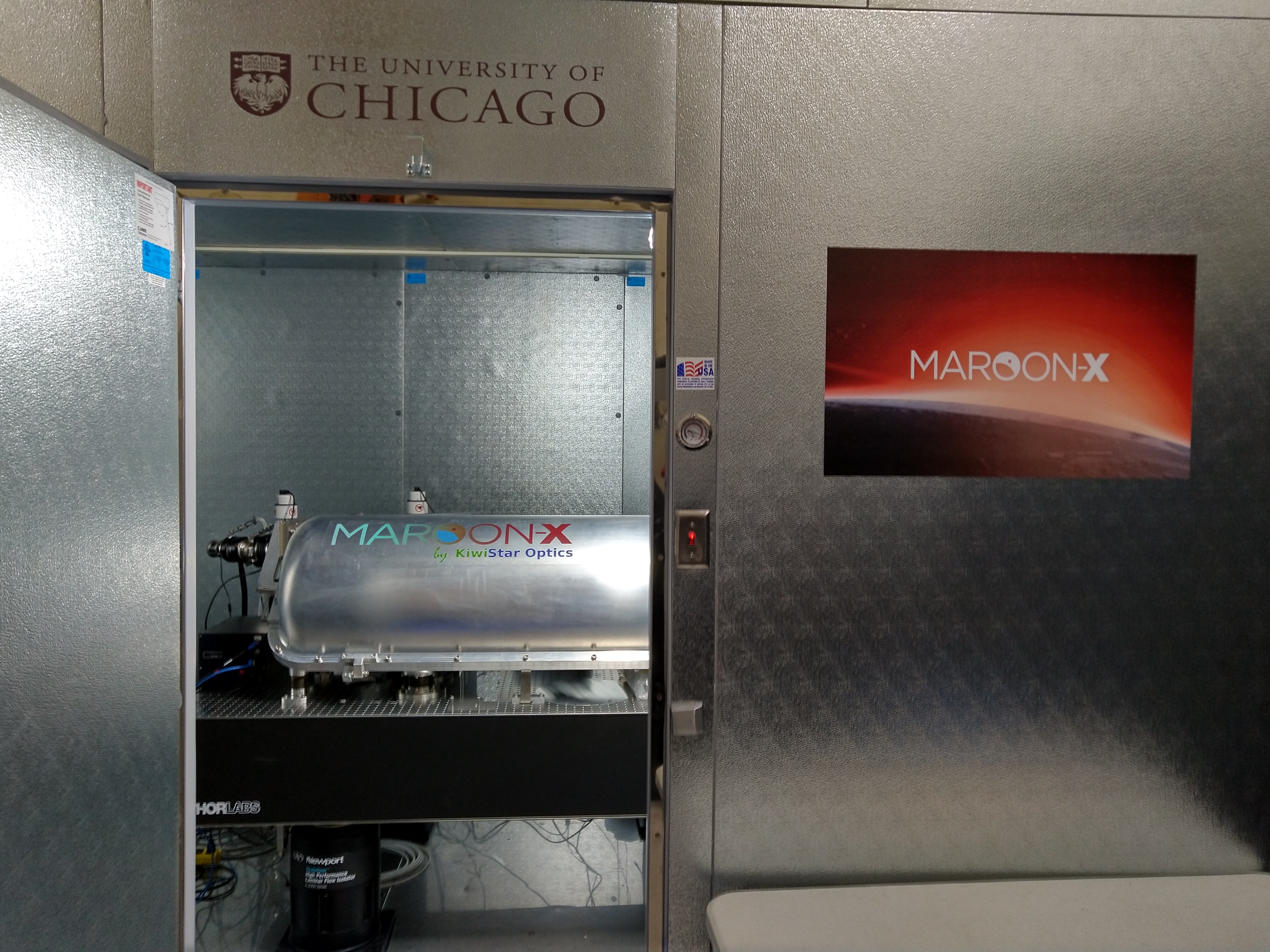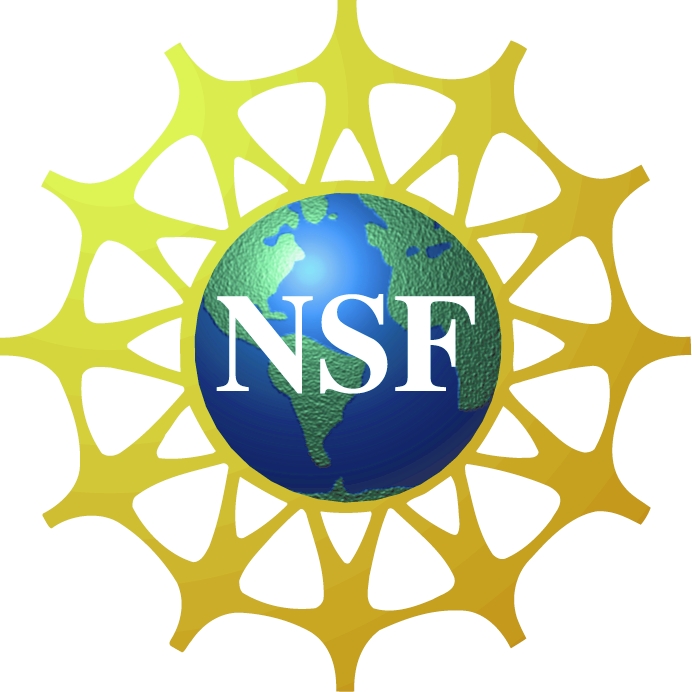Research Projects
Our observational research is mainly divided between two areas. We use transit observations to study exoplanet atmospheres, and we use radial velocity observations to detect and measure the masses of new planets.
Transit Spectroscopy
We use transit spectroscopy techniques to reveal the atmospheric compositions and physical conditions of exoplanets ranging from the hottest hot Jupiters to rocky planets in the habitable zones of their host stars. We are currently focused on using JWST and high-resolution spectrographs on large ground-based telescopes (primarily IGRINS and MAROON-X on Gemini). We are also involved in the european ARIEL mission through a NASA contribution called CASE.

Constraints on the properties of the rocky exoplanet GJ1132b from JWST thermal emission measurements. These data put tight constraints on the presence of an atmosphere and the albedo of the surface. Figure from Xue et al. 2024.

Radial Velocity
We have recently installed a new radial velocity spectrograph called MAROON-X at the 8m Gemini-N telescope. Over the next few years we will be carrying out a program focused on confirming and measuring the masses of small transiting planets in and near the habitable zones of mid to late M dwarfs using this instrument. Our goal is to identify the best targets for JWST and ELT atmospheric studies aimed at deepening our understanding of planetary habitability.

MAROON-X installed in its environmental control chamber 45 feet below the 8m Gemini North telescope.



